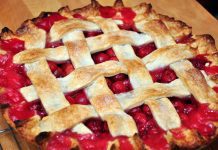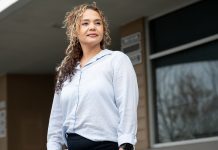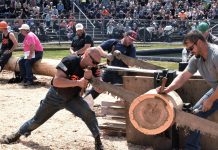At the mouth of Whatcom Creek, signs on Bellingham’s waterfront buildings denote an “Old Town” — traditionally the oldest part of a city. Throughout the Columbia and Letter Streets neighborhoods, bordering the Central Business District, visitors can observe this original townsite of Whatcom.
Whatcom started in 1852 and merged into New Whatcom, with Sehome, in 1891; it merged again, with Bellingham and Fairhaven, in 1903. The first merger coincided with the center of industry shifting toward Bellingham, a more level townsite than Whatcom’s infrastructure, which was built over tideflats. Spared from rapid development, most of Bellingham’s oldest surviving historic landmarks await discovery within this single area.
Bellingham’s Oldest Buildings
Old Town Bellingham is home to two record-setting historic buildings. Pickett House is Washington’s oldest wooden building surviving on an original foundation, and the T.G. Richards and Company Store is Washington’s oldest surviving brick building.
The Pickett House (910 Bancroft Street) remains the oldest house in Bellingham, and a site of both local and national significance. Before Confederate Major General George E. Pickett led his infamous charge in the Civil War, he served as a United States Army Captain at Fort Bellingham.
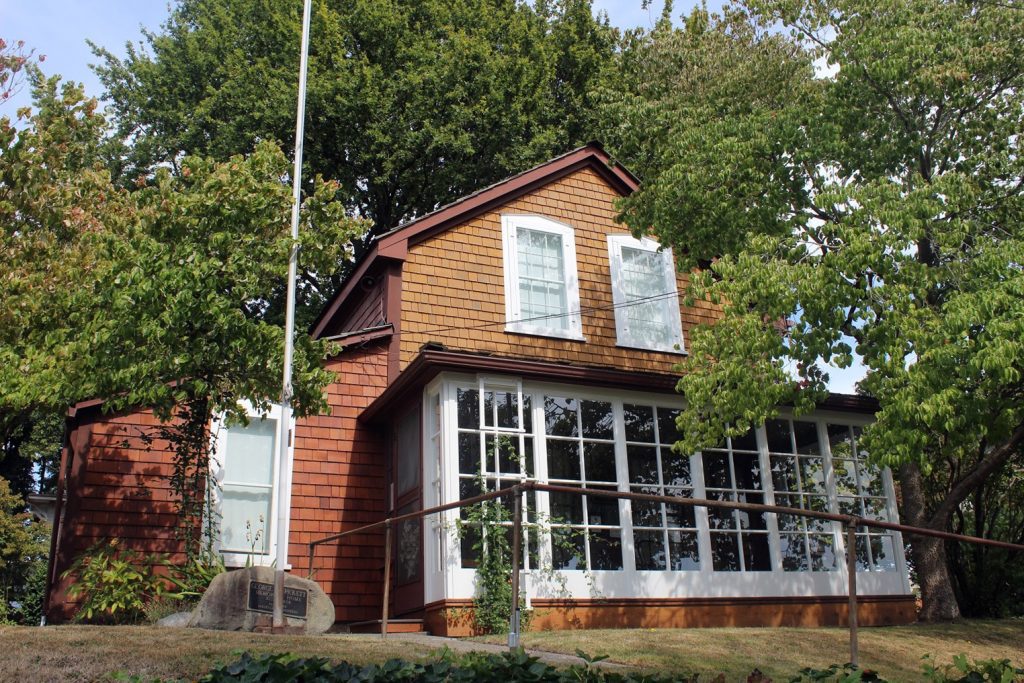
Built 1856, Pickett House uses wood from the original Roeder-Peabody lumber mill on Whatcom Creek. Pickett and his Haida wife only lived there the following year, after which it passed through multiple hands — including Hattie Strother, who donated it to the Washington State Historical Society in 1936. Today, the Daughters of the Pioneers operate Pickett House Museum tours.
The T.G. Richards Building (1308 E Street) dates to 1858. Built from San Francisco bricks, it started as a general store, warehouse, and bank that supplied prospectors during the Fraser River Gold Rush. This event had caused Whatcom to boom with tent cities of over 10,000 people for just one year.
In 1863, the building became the Whatcom County Territorial Courthouse. It served as an overcrowded jail until a new courthouse was built in 1884, after which its tenants included fraternal organizations, pharmacies, and newspapers. When the city filled in tideflats while constructing E Street, the first floor became the basement and the second floor became the ground floor. Today, the building serves as the Helen Loggie Museum of Art.
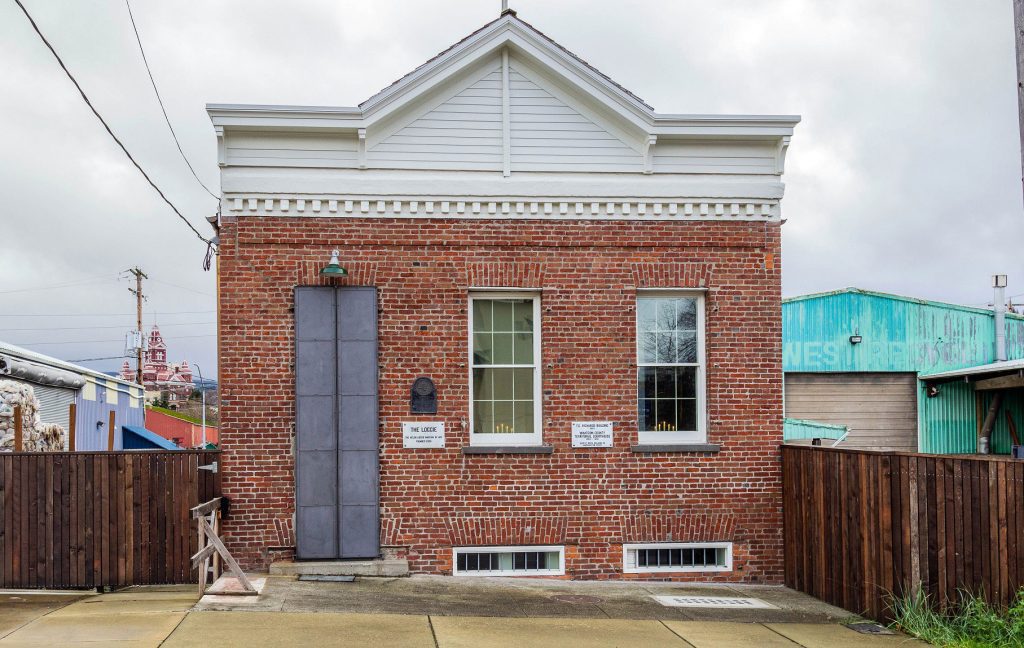
From New Whatcom to Old Bellingham
Several other landmarks, from nearer the turn of the twentieth century, also still stand in Old Town.
Lottie Roth Block (1100-1106 Holly Street) dates to 1890, bearing a ghost sign that reads “Welcome to Old Town.” Built by Seattle architect Elmer H. Fisher with Chuckanut sandstone in the Richardson Romanesque style, it honors Lottie Roth, author of History of Whatcom County (1926) and daughter of Henry Roeder. It has been an apartment complex since 1918.
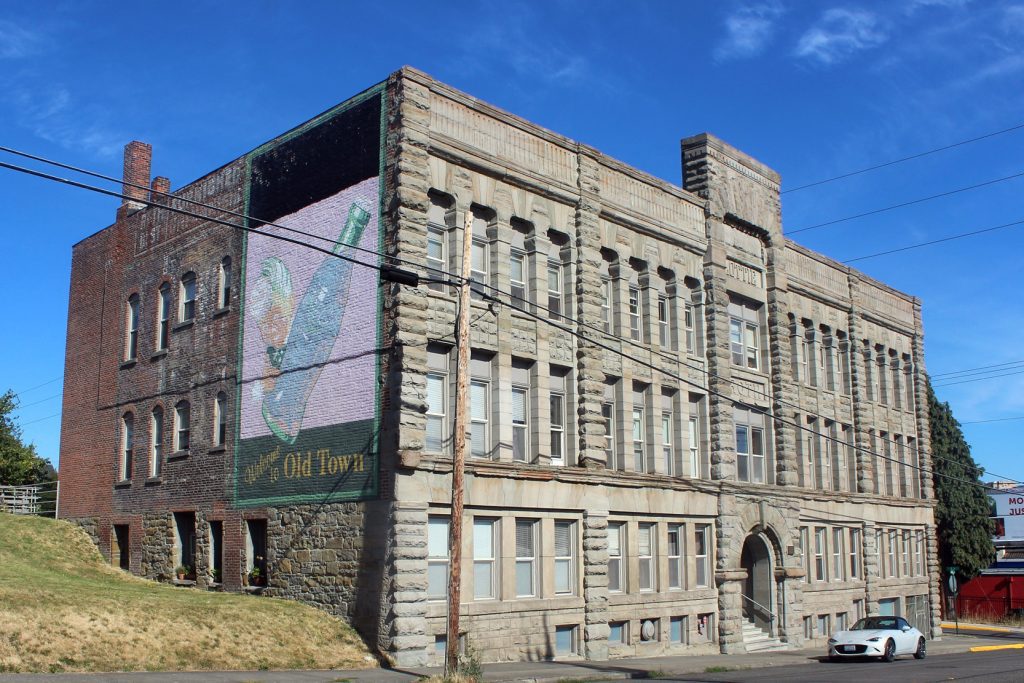
St. Paul’s Episcopal Church (2117 Walnut Street) originated in 1885 as Whatcom St. Paul’s. Henry Roeder donated land used for the building, which architect F. Stanley Piper reconstructed in 1925-1927. In 1956, Eleanor Roosevelt visited the church and Leopold Hotel.
Elizabeth Park (2205 Elizabeth Street) remains the oldest city park in Whatcom County. Henry Roeder donated 4.5 acres in 1883, after which Elizabeth Park gained over 55 species of some of Bellingham’s tallest trees.
Many historic buildings supported social growth. Immanuel School of Industries (1303 Astor Street) taught children practical trade skills from 1906 to 1916, its building housing New Deal administrations during the Great Depression and condominiums today. An event venue today, the Aftermath Clubhouse (1300 Broadway Street) hosted one of Bellingham’s philanthropic social clubs from 1904 to 1977.
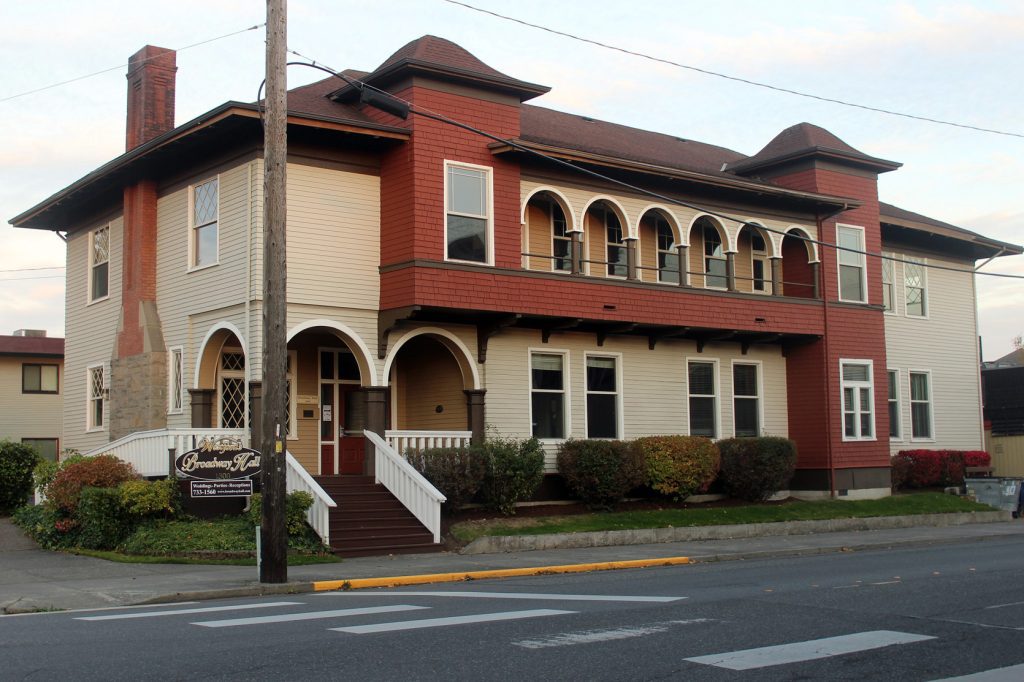
Old Town still operates many of Bellingham’s historic railroads. The Great Northern Railroad Passenger Station, built by F. Stanley Piper in 1927, now operates under Burlington Northern. The 1905 Great Northern Freight Depot structure stands nearby.
Both historic City Hall buildings remain in the Old Town area. New Whatcom City Hall (121 Prospect Street) — now Whatcom Museum, since 1941 — originated in 1892 with land donated by Henry Roeder. Present-day Bellingham City Hall (210 Lottie Street) started as a Public Works Administration project in 1939.
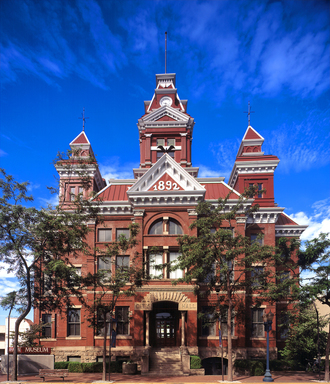
The New Old Town
Still other businesses and public institutions from Old Town Bellingham remain in service today.
Old Town Café (316 W Holly Street) began in 1904 as the Mobile Restaurant, one of Bellingham’s first African-American-owned businesses. It gained its current name in the 1960s, when it appealed to the local hippie scene.
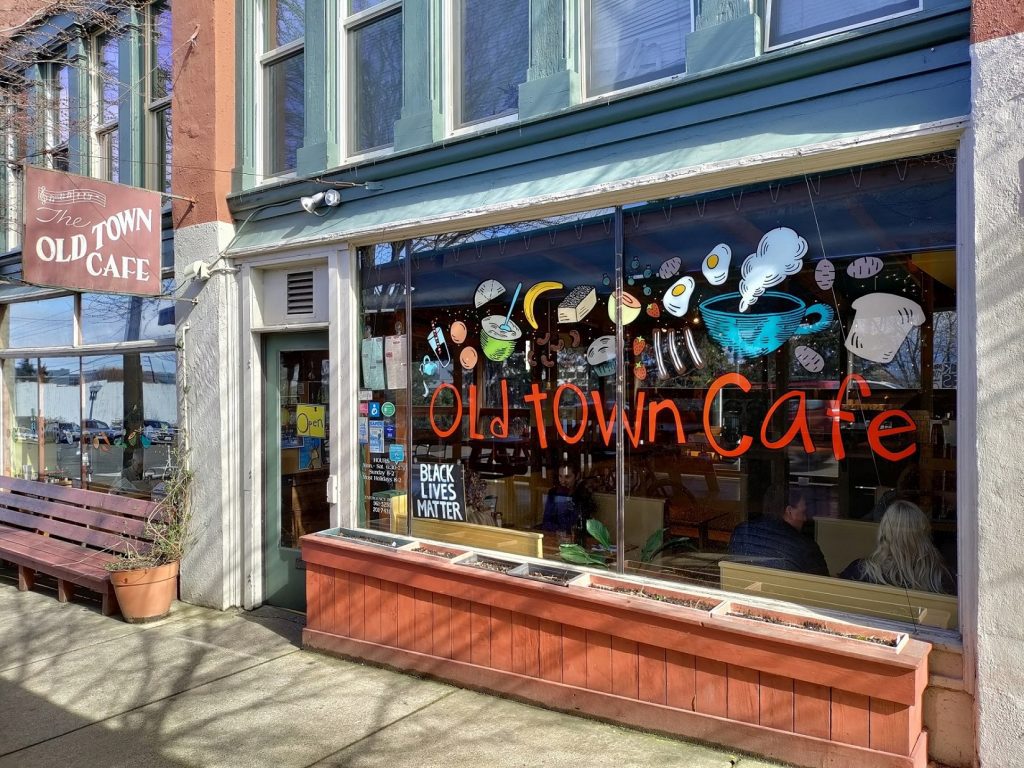
Since 1912, the Waterfront Seafood & Bar (521 W Holly Street) has stood atop the original pilings that elevated Old Town above the mudflats.
Maritime Heritage Park has occupied the former site of the Roeder-Peabody Mill and a later sewage treatment plant since 1978. It supports a Bellingham Technical College salmon hatchery and salmon-inspired art.
Mount Baker Theatre, Bellingham Public Library, and Bellingham Theatre Guild are among the cornerstone institutions visitors can find on the way to downtown. Through recognition and respect for historic landmarks, we can all breathe new life into Old Town.







